6 Nights / 7 Days
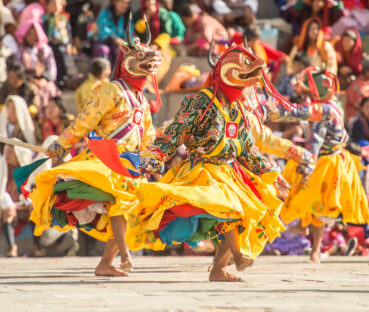
An invitation to explore the intricacy of Bhutanese culture and heritage that is sure to leave an indelible mark on your heart.
Traditional Architecture
On the mountain tops, cliff faces and in the valleys of Bhutan, you will find ornately designed and crafted dzongs or fortresses, monasteries, and traditional houses. Adorned with colorful paintings and attention-demanding carvings, these architectural marvels are a peek into Bhutan’s unique craftsmanship.
These ancient fortresses are religious and administrative centers, holding significance in the Bhutanese culture with some housing sacred relics while others serve as hubs for community gatherings and religious activities.
Culture and Etiquette
The essence of Bhutanese culture stands on its respect for elders, reverence for nature, and a strong sense of community.
A established sense of belongingness and togetherness is seen in the community where respect is expressed by addition of “la” at the end of a sentence when talking to someone else irrespective of their age. Where a younger might address some older as "Aue," meaning elder sibling irrespective of their known relation.
Other manners of etiquette can be noted in every Bhutanese in everyday life. Embracing these cultural norms lets you get a feel of what it truly means to be a part of Bhutan.
Traditional Attire
Fabled to have the largest pocket in the world, the national dress of Bhutan known as Gho (for men) and Kira (for women) is an integral part of being a Bhutanese. These garments are a vibrant symbol of Bhutanese culture and tradition and are worn on all occasions, festivals, and even everyday life.
The gho is a knee-length robe adorned with intricate patterns, paired with knee-high socks and leather boots while the kira is an ankle-length dress wrapped elegantly around the body and often held together by a handwoven, traditional belt and complemented by a blouse and a colorful sash or rachu.
The Bhutanese attire showcases vibrant colors and patterns elaborately woven, passionately reflecting Bhutan’s diverse traditions and skilled craftsmanship. During the festivals and ceremonies, captivating jewelryembellishes the attire. The national dress of Bhutan is a timeless piece ofelegance that captivates the soul.
Colorful Festivals
Dotted all through the year in a Bhutanese calendar are its vibrant festivals called Tshechus.
Tshechus feature masked dances, traditional music, and elaborate rituals. It is an occasion for the community to come together and celebrate religious, spiritual, and historical milestones.
Bhutanese take it upon themselves to adorn themselves in the best ghosts and kiras. The entire event is a spectacle of vibrant colors, elaborate and ornate patterns, and communion.
Cuisine and Hospitality
A mix of everything Himalayan, the cuisine of Bhutan reflects the improvisation and adaption the Bhutanese made, giving birth to the rich palatal diversity.
You can savor spicy hot dishes like ema datsi (chili and cheese stew), snack on soft and plump momos (dumplings), or calm your nerves with suja (butter tea), while admiring the majestic landscapes of Bhutan and finding comfort in the warmth and hospitality of Bhutanese families and guesthouses.
Share a meal, a laugh or two, and endless memories.
Creativity
Despite its small size, Bhutan fosters a wide range of creativity. From traditional arts and crafts to modern arts and sculpting. From traditional masked dances to modern street dancers, we house it all.
More often than not, you can find yourself amidst a mix of traditional and modern art forms in the heart of Bhutan’s capital, Thimphu.
If you want a quiet time, you can take a stroll in one of the multiple art galleries and museums. You can meet the local artists at VAST (voluntary art studio Thimphu) and even share a drink or two.
If your dancing shoes are clacking, drop by the GOKAB studio and getgrooving with Bhutanese dancers.
If you ever need a creative break, come to Bhutan.
Arrive at Paro International Airport.
Our guide and driver will pick from the airport.
Visit Kyichu Lhakhang. It was originally built in 7th century and Padmasambhava visited in 8th century.
Visit Dungtse Monastery: Constructed by the great iron bridge builder Thangtong Gyalpo in 1421 to subdue the demoness who was causing illness to the inhabitants.
Visit Paro Dzong: Enjoy Paro Tshechu. Tshechu originally date back to 8th and 9th century by Guru Rinpoche in Bumthang. Tshechu is celebration of Guru Rinpoche’s extraordinary life and contributions. It is also time for people to supplicate for good days ahead in life. In Bhutan, Tshechu is considered most profound public teaching – how we live our lives, how we need to conduct ourselves as an individual member of society, and how we could work together for the benefit of all. It was meant to be a time of celebration for people who had to work for days on end in the fields, a moment for members of family to come together and celebrate their success.
Visit National Museum: it is one of the oldest museums in the country. It was established in 1968. National Museum has in its possession over 3,000 works of Bhutanese art, covering more than 1,500 years of Bhutan's cultural heritage.
Visit Tachog Lhakhang: “temple of the hill of the excellent horse” was built by Thangtong Gyalpo in 1443.
Visit Thimphu town and Craft shops.
Visit Centenary Farmers Market: Explore the local organic products.
Visit Motithang Takin Preserve: The takin is believed that the head of the goat is fixed it to the skeleton of the cow by the Divine Madman great Lam Drukpa Kuenlay. It is National Animal of Bhutan.
Explore and experience Bhutanese cuisine and cultural programs.
Dochula Pass to enjoy scenic view of 108 stupas.
Hike to Khamsum Yuelley Namgyal Chorten.
Visit Chimi Lhakhang. It was built in 1499 and it stands on a round hillock.
Visit Punakha Dzong: Walking through famous wooden bridge connecting Dzong.
Visit Semtokha Dzong: It was built in 1628.
Visit Drak Karpo Lhakhang: The 8th Century revered saint, Guru Padmasambhava accompanied by his consort Dakini Yeshey Tshogay have blessed and sanctified this particular place.
Hike to Tiger's Nest. The temple was built in 1692. It is a sacred Vajrayana Himalayan Buddhist site located in the cliffside of the upper Paro valley in Bhutan.
Depart from Paro Airport
Depel Travel is a Thimphu-based travel agency founded by Mr. Lobzang Tenzin to provide authentic Bhutan tour packages. With a team of experienced and efficient professionals, we create lifetime memories for our guests. We listen to our guests carefully and provide complete travel services and specialized tours tailored to their needs and interests. Our tours offer personalized and extraordinary experiences that give our guests a thorough understanding of Bhutan.
As a responsible tour operator, we emphasize sustainable tourism and promoting healthy communities & environments. We are strictly committed to these values, reflected in our tours and partnerships with local guides and suppliers.
Why Depel Travel?
So, choose us for your Bhutan trip and experience how our expertise could help you create a perfect tour plan.
Read More...

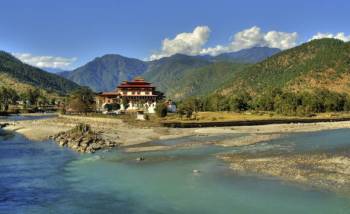 8D/7N
8D/7N
Explore Central Bhutan 7 Nights - 8 Days..
Thimphu - Paro - Wangdue Phodrang - Punakha - Trongsa - Bumthang
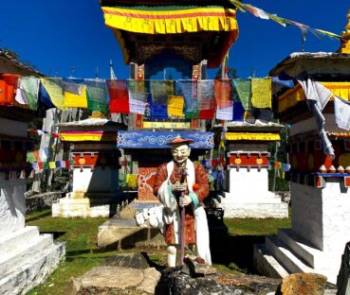 11D/10N
11D/10N
Explore Eastern Bhutan 10 Nights - 11 Da..
Paro - Wangdue Phodrang - Trongsa - Mongar - Bumthang - Trashigang
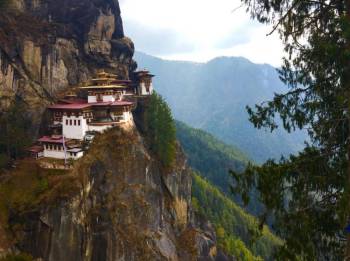 4D/3N
4D/3N
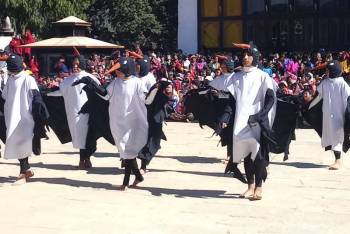 7D/6N
7D/6N
Black Necked Crane - Bird Festival 6 Nig..
Paro - Wangdue Phodrang - Punakha - Trongsa
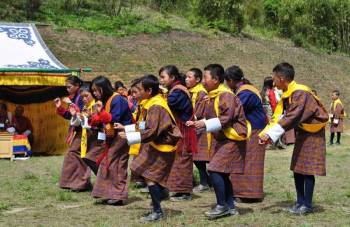 5D/4N
5D/4N
Rhododendron Festival 4 Nights - 5 Days ..
Thimphu - Paro - Wangdue Phodrang - Punakha
 8D/7N
8D/7N
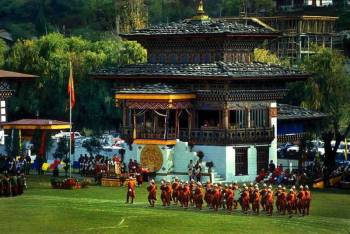 7D/6N
7D/6N
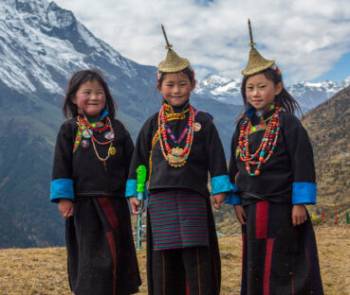 5D/4N
5D/4N
 7D/6N
7D/6N
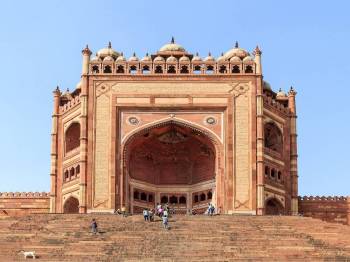 7D/6N
7D/6N
Amritsar Chandigarh Delhi Agra Family Pa..
New Delhi - Agra - Vrindavan - Mathura - Amritsar
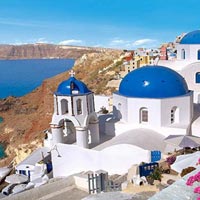 7D/6N
7D/6N
 7D/6N
7D/6N
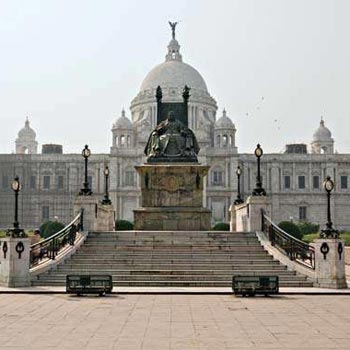 7D/6N
7D/6N
Golden Triangle - East India Tour
Kolkata - Puri - Imphal - Agartala - Dimapur
 7D/6N
7D/6N
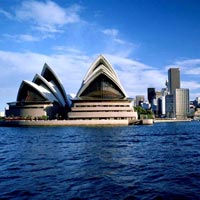 7D/6N
7D/6N
 7D/6N
7D/6N
 7D/6N
7D/6N
 5D/4N
5D/4N
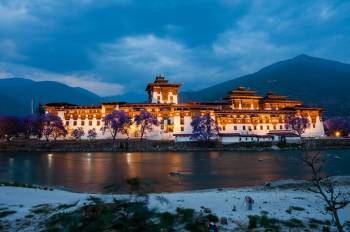 7D/6N
7D/6N
6 Nights/ 7 Days - Bhutan Happiness Tour
Punakha - Bumthang - Paro - Thimphu - Phobjik
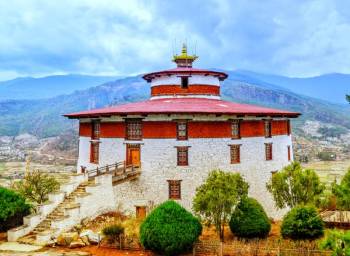 7D/6N
7D/6N
6 Night 7 Day Wonderful Bhutan Tour
Thimphu - Paro - Wangdue Phodrang - Punakha
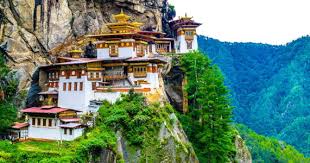 7D/6N
7D/6N
 20D/19N
20D/19N
20 Days Land Package Country Tour Bhutan..
Punakha - Paro - Phuntsholing - Bagdogra - Bumthang - Mongar - Trashigang - Trongsa..
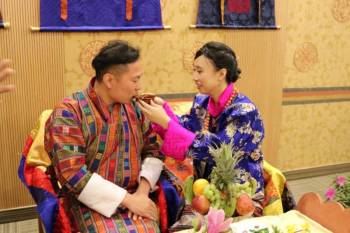 4D/3N
4D/3N
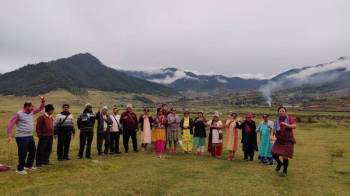 6D/5N
6D/5N
 7D/6N
7D/6N
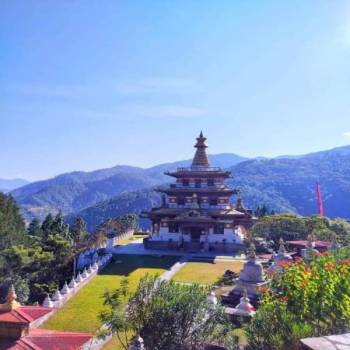 7D/6N
7D/6N
Rimso 7 Days 6 Nights Bountiful Tour fo..
Thimphu - Punakha - Paro - Phuentsholing